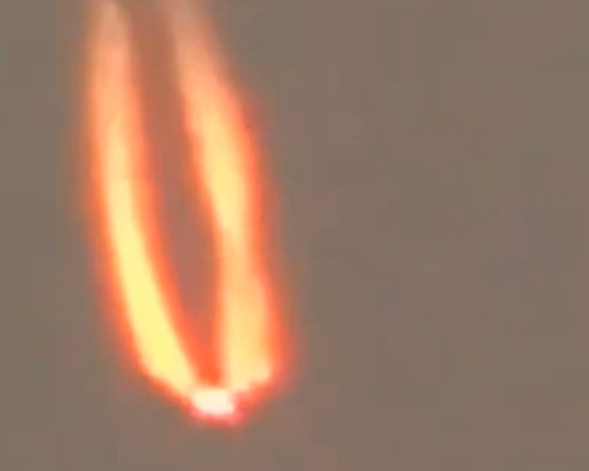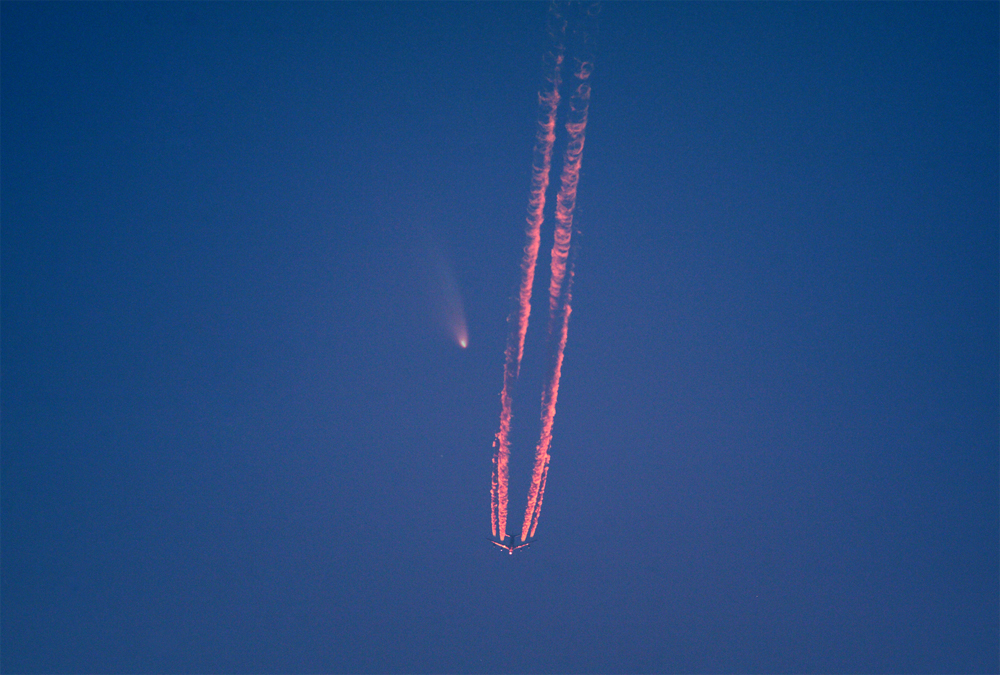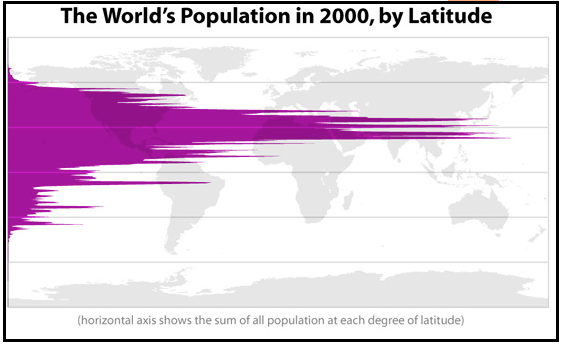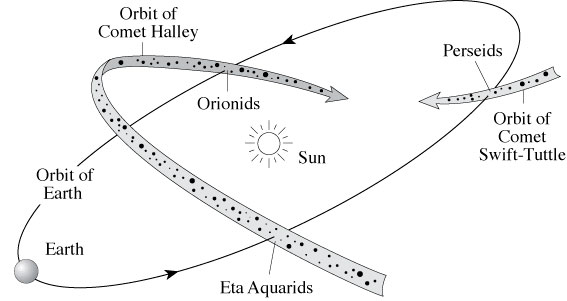Can fireballs appear in different colors?
Vivid colors are more often reported by fireball observers because the brightness is great enough to fall well within the range of human color vision. These must be treated with some caution, however, because of well-known effects associated with the persistence of vision. Reported colors range across the spectrum, from red to bright blue, and (rarely) violet. The dominant composition of a meteoroid can play an important part in the observed colors of a fireball, with certain elements displaying signature colors when vaporized. For example, sodium produces a bright yellow color, nickel shows as green, and magnesium as blue-white. The velocity of the meteor also plays an important role, since a higher level of kinetic energy will intensify certain colors compared to others. Among fainter objects, it seems to be reported that slow meteors are red or orange, while fast meteors frequently have a blue color, but for fireballs the situation seems more complex than that, but perhaps only because of the curiosities of color vision as mentioned above.
The difficulties of specifying meteor color arise because meteor light is dominated by an emission, rather than a continuous, spectrum. The majority of light from a fireball radiates from a compact cloud of material immediately surrounding the meteoroid or closely trailing it. 95% of this cloud consists of atoms from the surrounding atmosphere; the balance consists of atoms of vaporized elements from the meteoroid itself. These excited particles will emit light at wavelengths characteristic for each element. The most common emission lines observed in the visual portion of the spectrum from ablated material in the fireball head originate from iron (Fe), magnesium (Mg), and sodium (Na). Silicon (Si) may be under-represented due to incomplete dissociation of SiO2 molecules. Manganese (Mn), Chromium (Cr), Copper (Cu) have been observed in fireball spectra, along with rarer elements. The refractory elements Aluminum (Al), Calcium (Ca), and Titanium (Ti) tend to be incompletely vaporized and thus also under-represented in fireball spectra.







